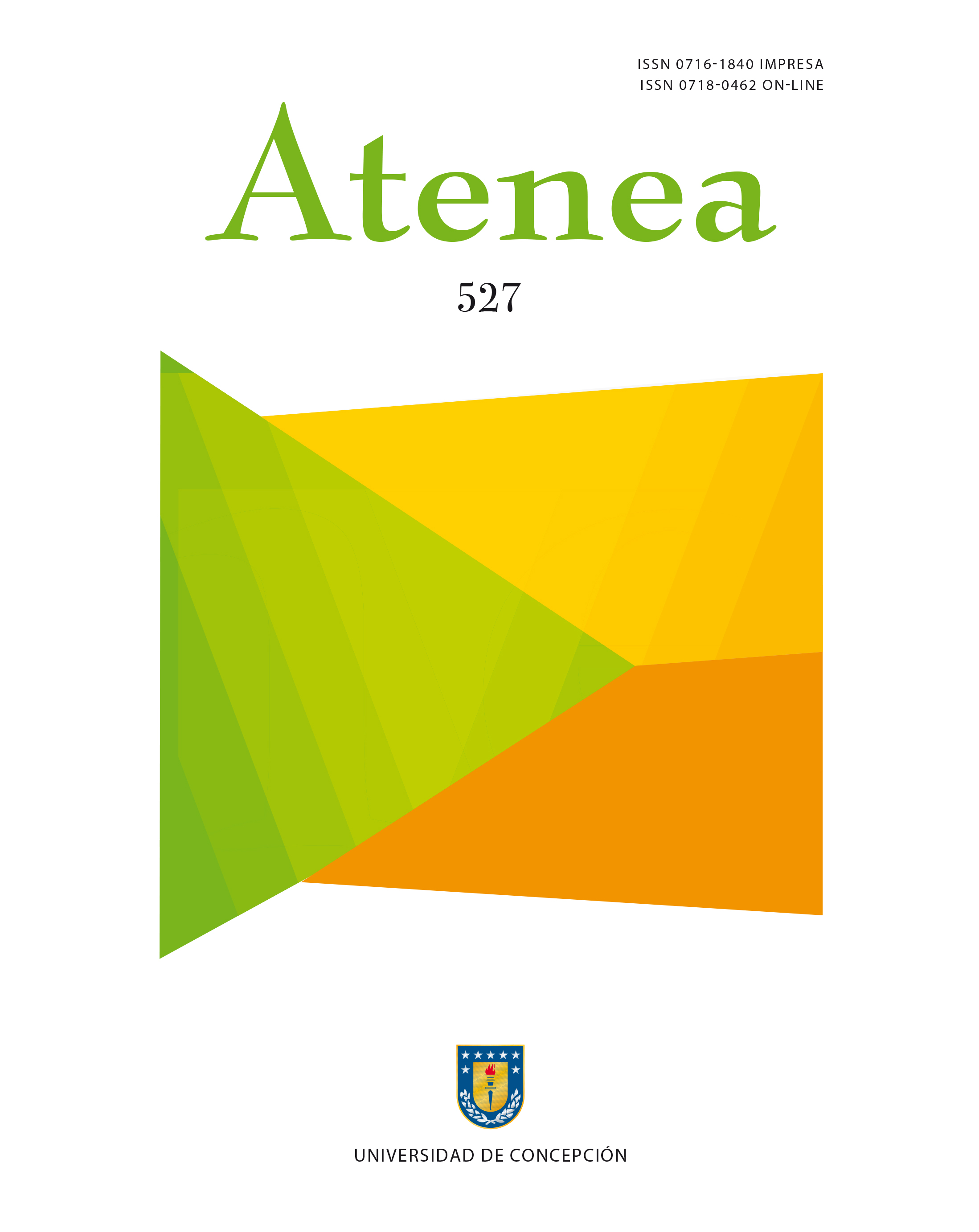A Way of Confinement of Art Pieces in Exhibition in Chilean Museum of Pre-Columbian Art
DOI:
https://doi.org/10.29393/At527-11UFAS10011Keywords:
Situated Learning, Confinement, New Museography, Emotionality, Bell GlassesAbstract
The case analyzed here is an exhibition of newly acquired pieces corresponding to artifacts belonging to the original American cultures exhibited and protected under bell glasses in the Chilean Museum of Pre-Columbian Art, in the context of the 40th anniversary of the museum. The objective of this note is to highlight a museum experience that is part of what is currently called “situated learning”, according to Vygotsky’s Sociocultural Theory. It is about establishing inseparable links between knowledge (pre-Columbian culture) and the daily reality of the visitor, who experiences confinement (COVID-19). The experience is extended to the analysis of a particular type of showcase that confines the exhibited piece under a bell glass providing a totalizing, haptic, but distant view, as Hildebrand claimed, protected from physical contact. The association, apparently distant, appeals to the transferences that the deep knowledge provided by emotionality allows. Thus, the so-called New Museography put into play here is interested in giving the visitor an experience of qualitative scope that transcends information and allows linking it with their own existence.
Downloads
Published
How to Cite
Issue
Section
Copyright (c) 2023 Alberto Sato

This work is licensed under a Creative Commons Attribution 4.0 International License.







